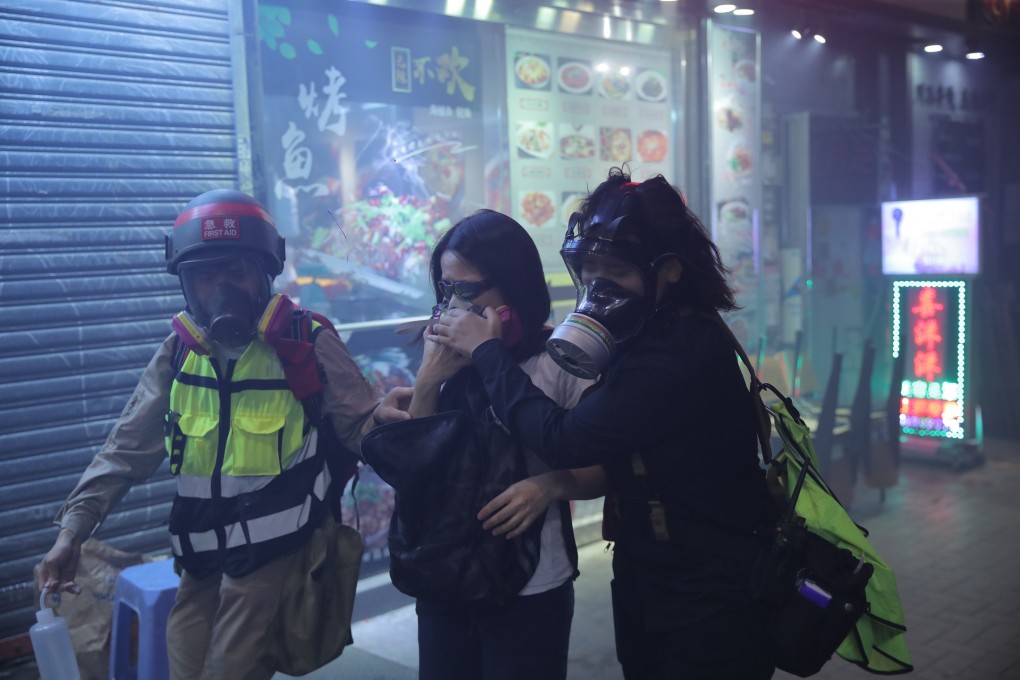Tear gas is painful, irritating and can lead to a breakout of rashes. How worried should Hongkongers be?
- Prolonged use of tear gas in Hong Kong protests raises questions about risks
- Children, the elderly, hospital patients among those affected by tear gas

Aside from those who object to its use against frontline radical protesters engaged in violent clashes with the police, some have pointed out that it has affected many not involved in the protests.
Children, the elderly, hospital patients and even pets have been affected by the pungent, stinging gas. While the government has explained that the irritating effects last for only a short while, some have raised concerns about the long-term impact of continuous use of tear gas.
Elizabeth Cheung gets the answers to questions about this burning issue.

What is tear gas?
This is a riot-control weapon used worldwide. It was first used in World War I, and is now used commonly by law enforcement bodies to disperse crowds or control riots. Aside from featuring extensively in Hong Kong’s protests, tear gas was also used this year by United States authorities to repel migrants attempting to cross the border from Mexico.
